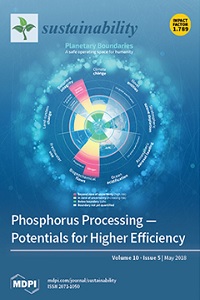Soil Organic Carbon Baselines for Land Degradation Neutrality: Map Accuracy and Cost Tradeoffs with Respect to Complexity in Otjozondjupa, Namibia
Recent estimates show that one third of the world’s land and water resources are highly or moderately degraded. Global economic losses from land degradation (LD) are as high as USD $10.6 trillion annually. These trends catalyzed a call for avoiding future LD, reducing ongoing LD, and reversing past LD, which has culminated in the adoption of Sustainable Development Goal (SDG) Target 15.3 which aims to achieve global land degradation neutrality (LDN) by 2030. The political momentum and increased body of scientific literature have led to calls for a ‘new science of LDN’ and highlighted the practical challenges of implementing LDN. The aim of the present study was to derive LDN soil organic carbon (SOC) stock baseline maps by comparing different digital soil mapping (DSM) methods and sampling densities in a case study (Otjozondjupa, Namibia) and evaluate each approach with respect to complexity, cost, and map accuracy. The mean absolute error (MAE) leveled off after 100 samples were included in the DSM models resulting in a cost tradeoff for additional soil sample collection. If capacity is sufficient, the random forest DSM method out-performed other methods, but the improvement from using this more complex method compared to interpolating the soil sample data by ordinary kriging was minimal. The lessons learned while developing the Otjozondjupa LDN SOC baseline provide valuable insights for others who are responsible for developing LDN baselines elsewhere.

